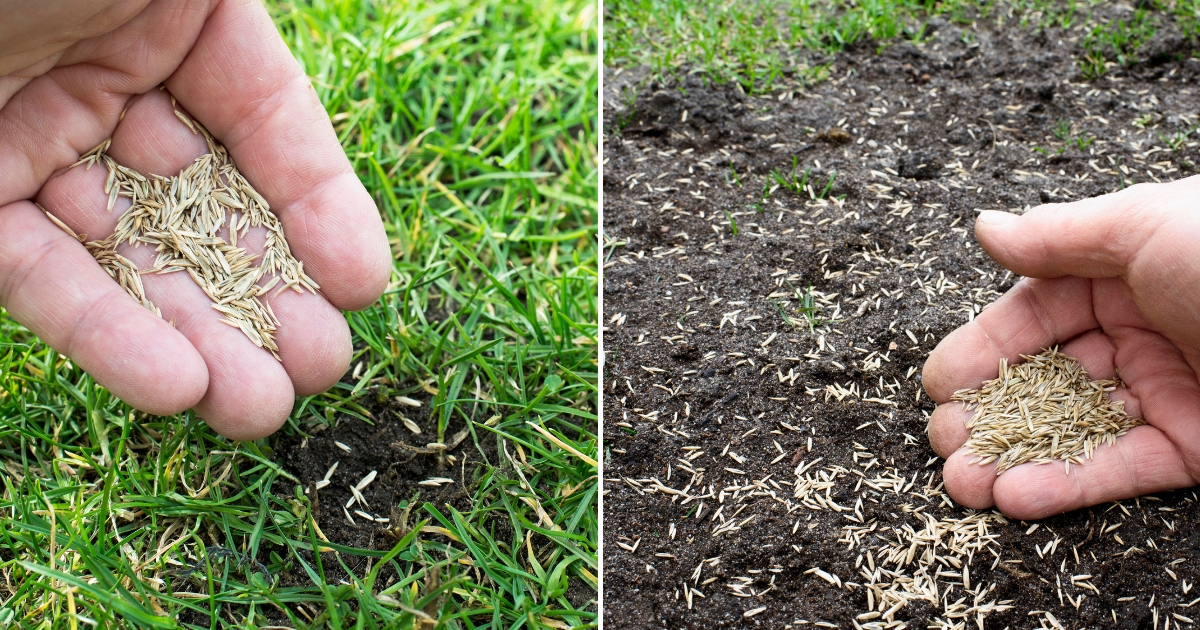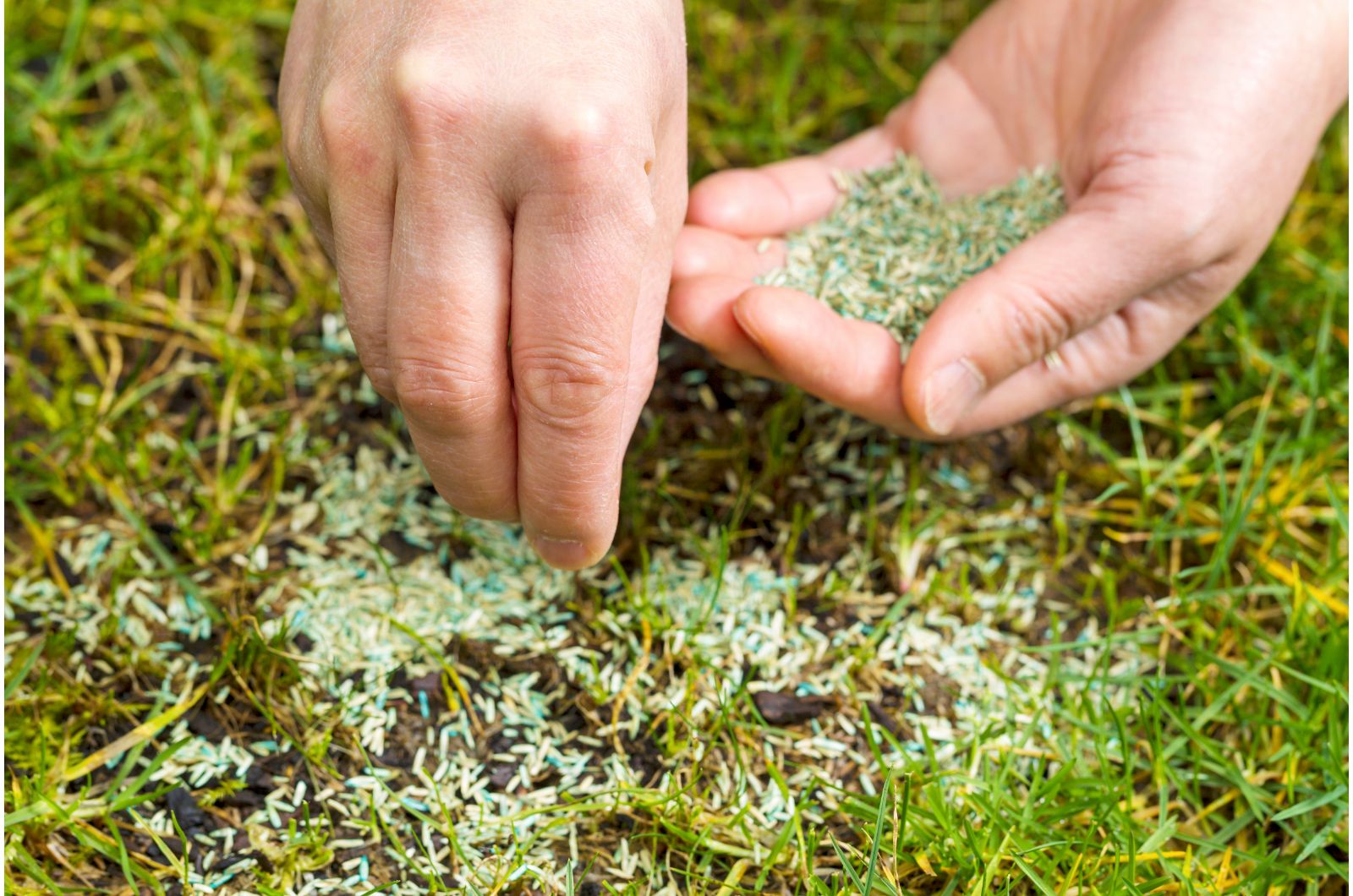Planting grass seed on an already existing lawn might sound strange, but it is definitely an effective way to get rid of bare patches, thin areas, and improve the overall health of the lawn!
This process is called “overseeding”, and it basically means sowing new grass seeds instead of starting a brand new lawn from scratch. If done properly, you might end up with a lot greener and thicker lawn.
Preparing the lawn for overseeding is the key step. In this article, we are going to cover the preparation process and the best way to overseed your lawn. So, stay tuned!
Why Should You Do It?
Overseeding is the number one method to make your lawn green and thick. Not only will it make your existing lawn look lush and vibrant, but it will also improve its overall health and growth.
Remember that the type of grass on your lawn will determine when you should plant the seeds. For instance, you should overseed the lawn in the fall or spring if you are growing cool-season grass. However, late spring would be the ideal time to overseed warm-season grasses.
Don’t use any pre-emergent herbicides if you are planning to overseed because these solutions will prevent the grass seeds from germinating and developing.
Also read: Grass Seed Not Germinating: 10 Problems And How To Fix Them
Overseeding A Struggling Lawn
Overseeding a struggling lawn is a bit different from overseeding a healthy lawn. We consider a lawn to be struggling if there’s a lot of foot traffic, thatch buildup, time without mowing, or if the lawn simply got too old.
Preparing a struggling lawn for overseeding takes:
• Dethatching – to get rid of thatch buildup
• Aeration – to aerate the soil
• Mowing – about 1.5 to 2 inches tall so that the new grass seed can get enough sunlight
• Adding ¼ inch of topsoil if it is not very deep
• Test the soil to address the pH and nutrient content
Overseeding A Healthy Lawn
In this case, overseeding is not necessary. However, if you want to improve the overall appearance and health of your lawn, then you can add some new grass seeds.
It is important to decide when is the perfect time to overseed it. As we already mentioned, cool-season grasses should be overseeded in the fall, while late spring is the best time to overseed warm-season grasses.
Learn here when can you walk on new grass.
How To Overseed Your Lawn
Don’t worry, overseeding is not a complicated task. It is crucial to prepare the soil for the new grass seeds, and the rest will work itself out!
Here are the instructions for overseeding your lawn:
1. Start by mowing your existing lawn – about 1.5 to 2 inches high.
2. Spread the seeds – you have two options for spreading the seeds: by hand or with a spreader. Pay attention to the bare and sparse places. Use a thin layer of straw to protect the seeds from birds.
3. Use the back of a rake to press the seeds. This will help establish a strong soil-seed bond.
4. Apply a thin layer of compost over the seeds. At this point, you can also spread some peat moss on the grass.
5. Use a phosphorus-rich fertilizer to help the seeds establish and promote healthy growth.
6. Don’t walk over your new grass.
7. After the seeds have gotten approximately three inches tall, mow them. Consider using grass clippings as mulch.
If you want to read more about this, please check out: A List Of Grass Clippings As Mulch Pros And Cons



